

Matt Campbell
2025 Porsche 911 Carrera T review
5 Days Ago

News Editor
Ford doesn’t plan on building an F-150 Raptor Lightning electric super-truck to battle the GMC Hummer EV.
Ford Performance boss Carl Widmann told Motor Authority that neither hybrid nor all-electric powertrains are on the cards for the Ford F-150 Raptor family.
He notes an internal-combustion engine is “the best tech to operate at full power in deep sand, bar none”.
“The [Raptor] brings that engine to life. You can do things so rapidly,” said Mr Widmann.
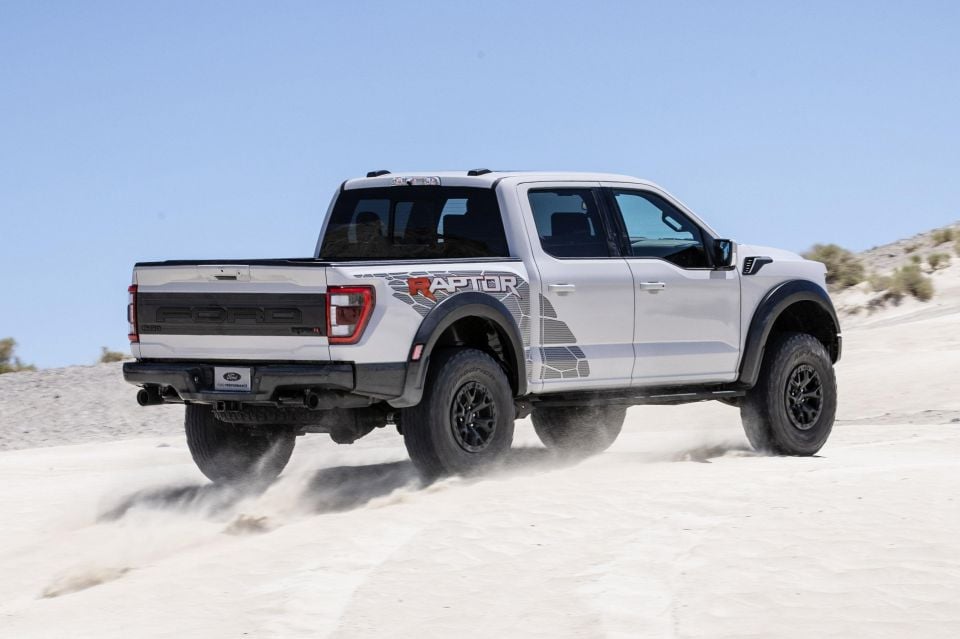
He also threw shade at the GMC Hummer EV, noting it weighs more than 4000kg – almost 1500kg more than a V8 Raptor R – adding, “They are good for a shot, but not something you would run at Baja”.
The extra weight of the batteries means Ford won’t do an electric Raptor, while a hybrid has been ruled out for not only the additional weight but also the lack of a benefit to customers.
Mr Widmann also ruled out the use of the F-250 Super Duty’s 7.3-litre Godzilla V8, saying the supercharged 5.2-litre V8 of the new Raptor R is “the most power you can pack into the truck’s front end” and the Godzilla is too heavy.
While an F-150 Lightning isn’t Baja-ready, it can best even the Raptor R in a sprint.
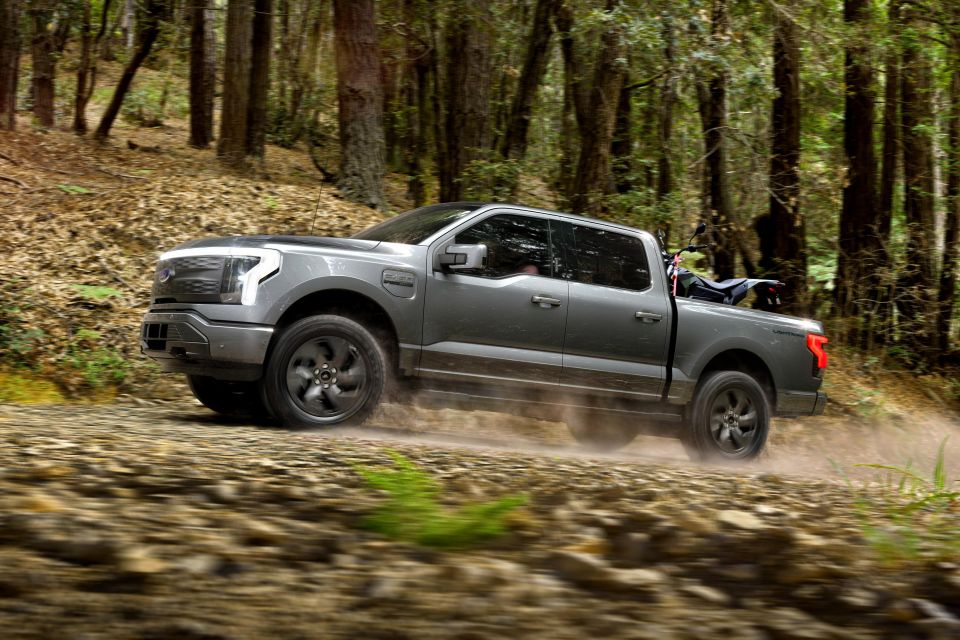
The EV pickup has up to 433kW of power and 1050Nm of torque, while the Raptor R has 522kW and 868Nm.
Though there’s no official 0-60mph (0-96km/h) time for either, Ford has said the Lightning can do the dash in under four seconds while Ford Authority reports the Raptor R is slower than the Ram 1500 TRX, which does it in 4.5 seconds.
For context, the standard twin-turbocharged 3.5-litre V6 F-150 Raptor has a claimed time of 5.2 seconds, while a GMC Hummer EV has them all beat – in Edition 1 guise, the heavy electric pickup takes just three seconds to hit 60mph.
Ford hasn’t confirmed any of this trio of rapid F-150s for Australia.
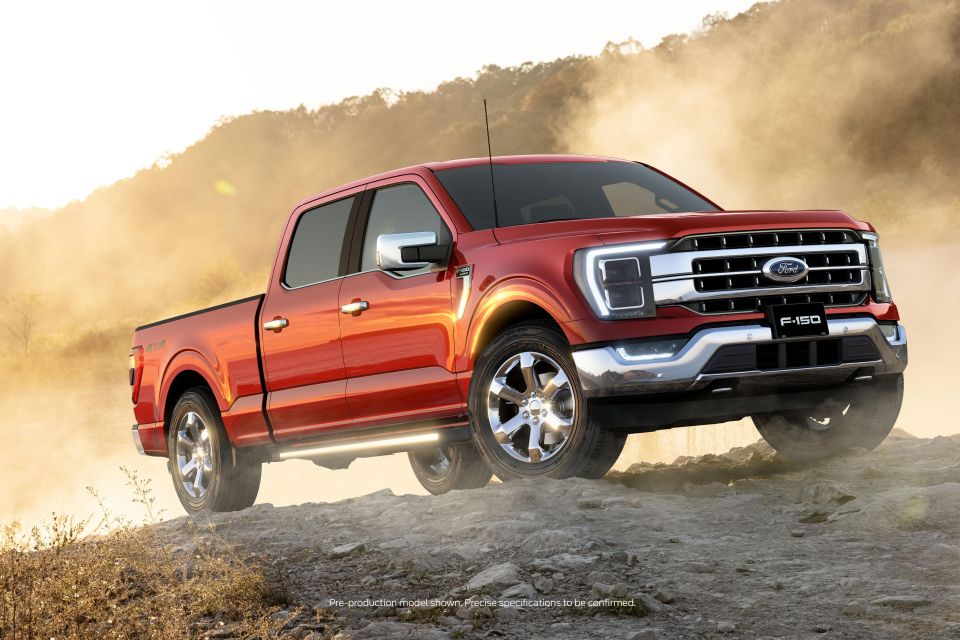
It’ll launch a locally remanufactured, right-hand drive version of the F-150 next year, initially only in XLT and Lariat guise powered by a twin-turbocharged 3.5-litre V6 petrol engine.
Dealers are already taking orders, even though pricing has yet to be released.
“We’ve had a lot of interest on our website, and certainly dealers are taking orders,” Ford Australia president Andrew Birkic told CarExpert earlier this year.
“We haven’t released pricing yet. We’re working through that now, so I think that will be the next trigger point to drive further orders and we can shore up some customers with the specifications.”
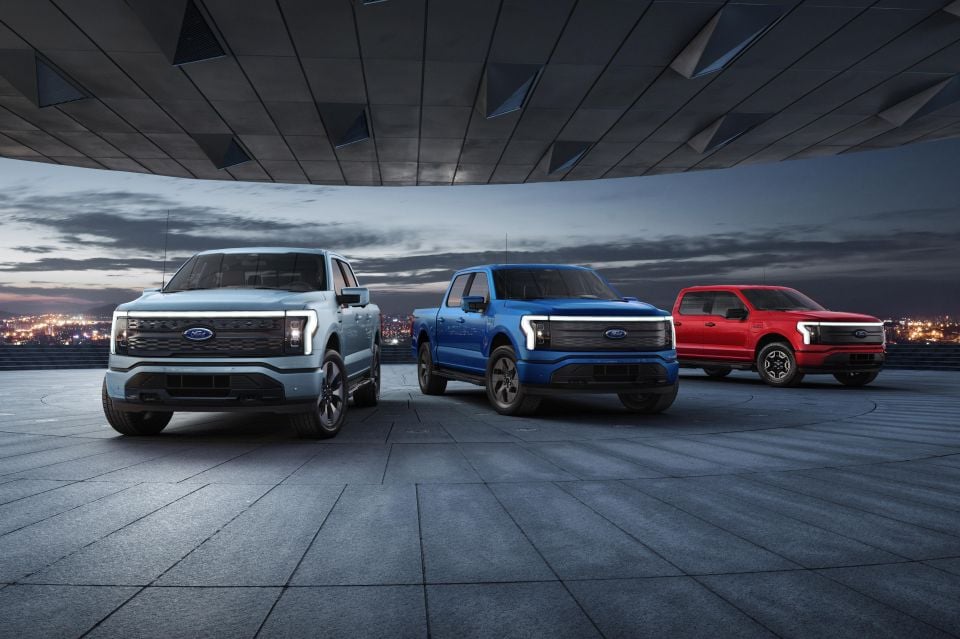
The F-150 will be imported to Australia, where it’ll be remanufactured in right-hand drive by RMA Automotive at a facility in Mickleham, Victoria.
“We’ve made really good progress, so we’ve built some initial vehicles,” said Mr Birkic, confirming the company is still “in a good place” for a launch in mid-2023.
Ford has left the door open for more F-150 variants to come Down Under once local remanufacturing has been established and any kinks have been ironed out.
“RMA and Ford Special Vehicles have a lot of work to do in terms of the engineering, setting up the manufacturing facility,” said Mr Birkic.
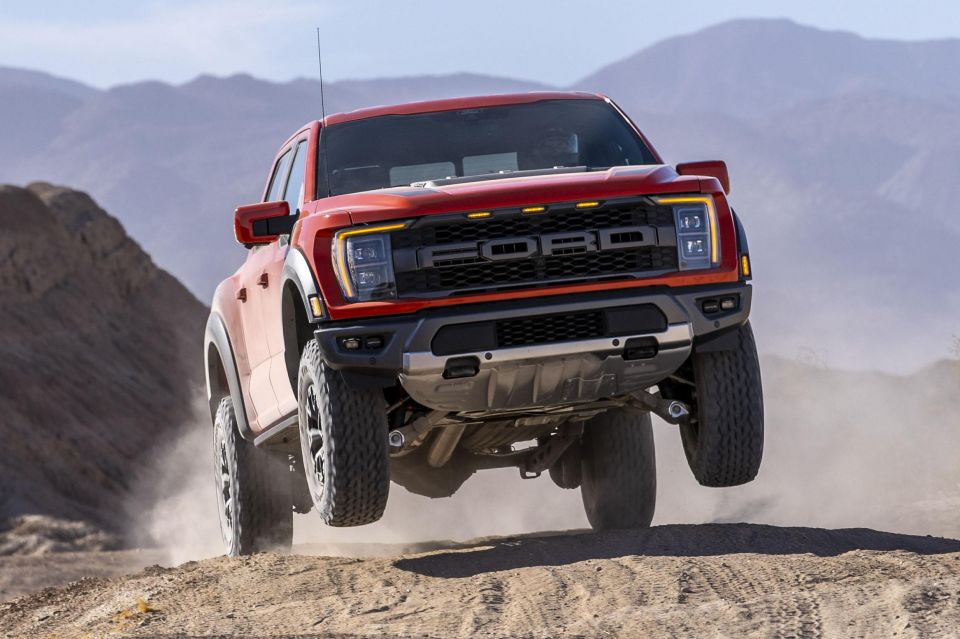

“Let’s get it here, let’s get it down the line, let’s spend the time on the remanufacture, let’s get it out to our customers. Then we’ll move on to the next step… what we want to do is ensure the process is robust,” he said, adding the company has “an open mind” about expanding the range.
Whether the Lightning could be among them is far from certain. Ford can currently only build 60,000 of them per year, but a plant expansion underway will see production capacity expand to 150,000 units by mid-next year.
However, Ford had recorded around 200,000 reservations for the Lightning, so there’s likely to be plenty of unmet demand for quite some time.
As for the Raptor, Ford Australia can at least offer the Ranger Raptor. Like its larger sibling, it also offers a twin-turbo petrol V6, though it’s a 3.0-litre mill with 292kW of power and 583Nm of torque. The F-150’s 3.5-litre pumps out 335kW and 691Nm.
MORE: Everything Ford F-150
Where expert car reviews meet expert car buying – CarExpert gives you trusted advice, personalised service and real savings on your next new car.
William Stopford is an automotive journalist based in Brisbane, Australia. William is a Business/Journalism graduate from the Queensland University of Technology who loves to travel, briefly lived in the US, and has a particular interest in the American car industry.


Matt Campbell
5 Days Ago


James Wong
4 Days Ago


Max Davies
3 Days Ago


Josh Nevett
2 Days Ago


Josh Nevett
1 Day Ago


William Stopford
17 Hours Ago